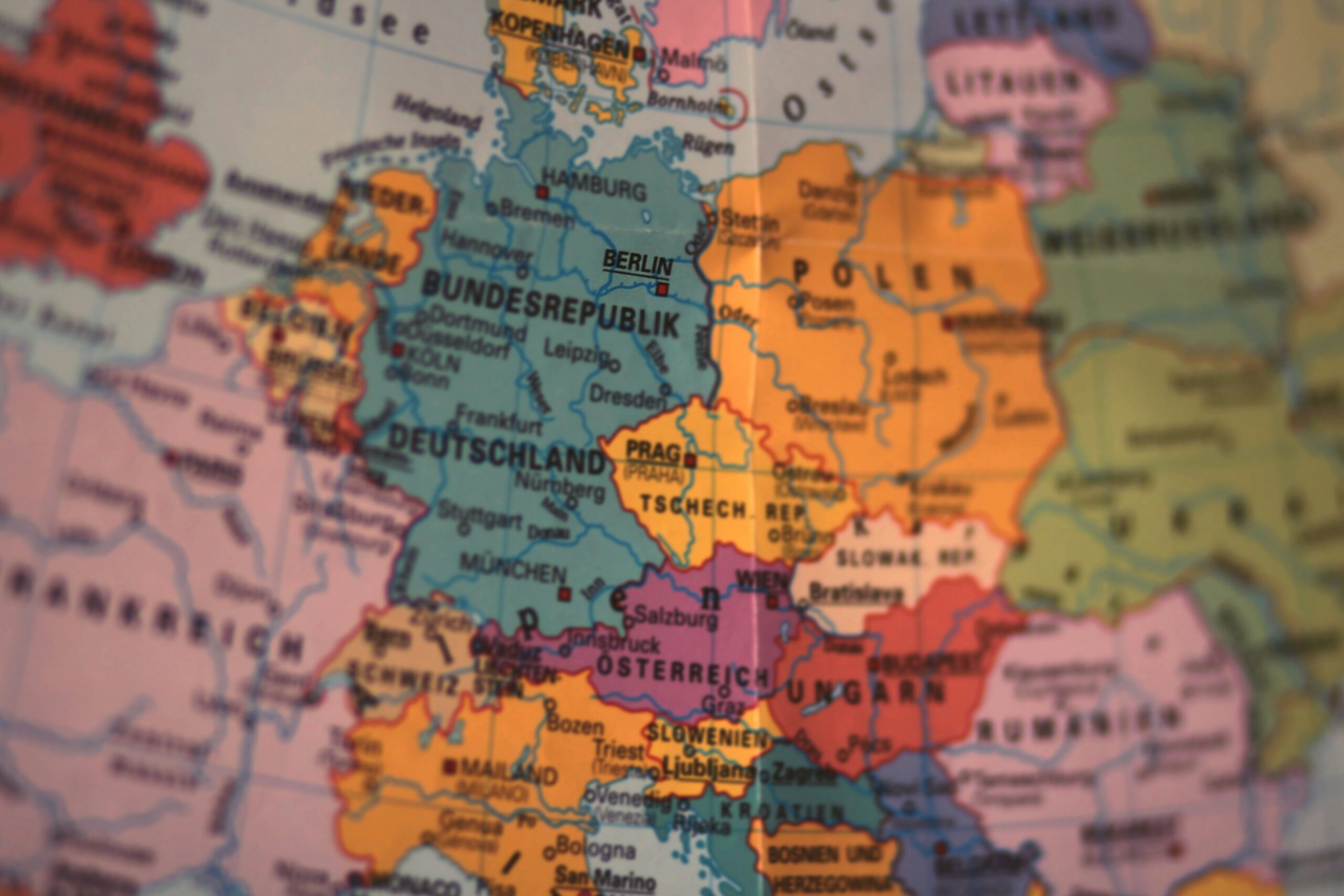When the EU Deforestation Regulation (EUDR) was adopted, it came with one key promise: to make global trade more sustainable by keeping deforestation-linked products out of the European market. But to make that promise work in practice, the European Commission needed a way to determine which countries pose higher or lower risks of deforestation.
That’s where the country classification list comes in. Published in May 2025, this list divides nations into three tiers of risk: low, standard, and high. The system is designed to help companies understand how deeply they need to investigate their supply chains before placing products on the EU market.
In short: the higher the risk category, the heavier the compliance workload.
What “High Risk” Means Under the EUDR
The EUDR defines high-risk countries as those where there is a greater likelihood that commodities are not deforestation-free or not produced legally. Companies sourcing from these regions must carry out the full scope of due diligence, which includes:
- Collecting detailed information on the product’s origin, quantity, and supply chain actors
- Verifying precise geolocation coordinates for every production site
- Conducting a risk assessment to identify potential links to deforestation or illegal activity
- Implementing risk mitigation measures before import or export
- Submitting a formal due diligence statement to EU authorities
For high-risk countries, the inspection rate by competent authorities rises to 9%, compared to only 1% for low-risk and 3% for standard-risk regions. That means almost one in ten shipments could be checked for compliance – a major operational impact for traders and importers.
The Four EUDR High-Risk Countries in 2025
Belarus
The country faces extensive trade restrictions and EU sanctions that limit transparency in commodity exports. Its state-controlled forestry sector offers little room for independent verification, and limited data access makes compliance checks nearly impossible.
Myanmar
Years of political instability and deforestation linked to illegal logging have created a high-risk environment. With weak governance and limited international oversight, tracing timber and agricultural products back to legal and deforestation-free sources is extremely difficult.
North Korea
The regime’s isolation and international sanctions make it impossible for companies to perform any credible due diligence. There are no accessible systems to verify legality, production sites, or sustainability claims for goods originating from the country.
Russia
Following its invasion of Ukraine, Russia has been placed under wide-ranging EU trade sanctions. The conflict, combined with opaque supply chains and restricted access to satellite and field data, prevents reliable monitoring of forest use and commodity production.
At first glance, this list might seem surprisingly short. Many expected to see regions like Brazil, Indonesia, or parts of Central and West Africa included, given their well-documented deforestation rates. Instead, the Commission focused on a different type of risk – one rooted not in forest cover data but in governance and transparency.
Why These Four Countries Were Classified as High Risk
The European Commission’s reasoning is based less on environmental performance and more on political and operational feasibility. Each of these countries is currently under EU or UN sanctions that restrict trade in key commodities such as timber, rubber, or palm oil.
From the Commission’s point of view, when sanctions or severe governance gaps are in place, it becomes nearly impossible to verify data, audit suppliers, or confirm legality through local channels. Even if a company wanted to perform full due diligence, the infrastructure for verification, such as transparent land registries, satellite access, or credible intermediaries – often doesn’t exist.
In other words, these countries are labeled “high risk” not necessarily because they are cutting down more trees, but because no one can reliably check what’s happening on the ground.
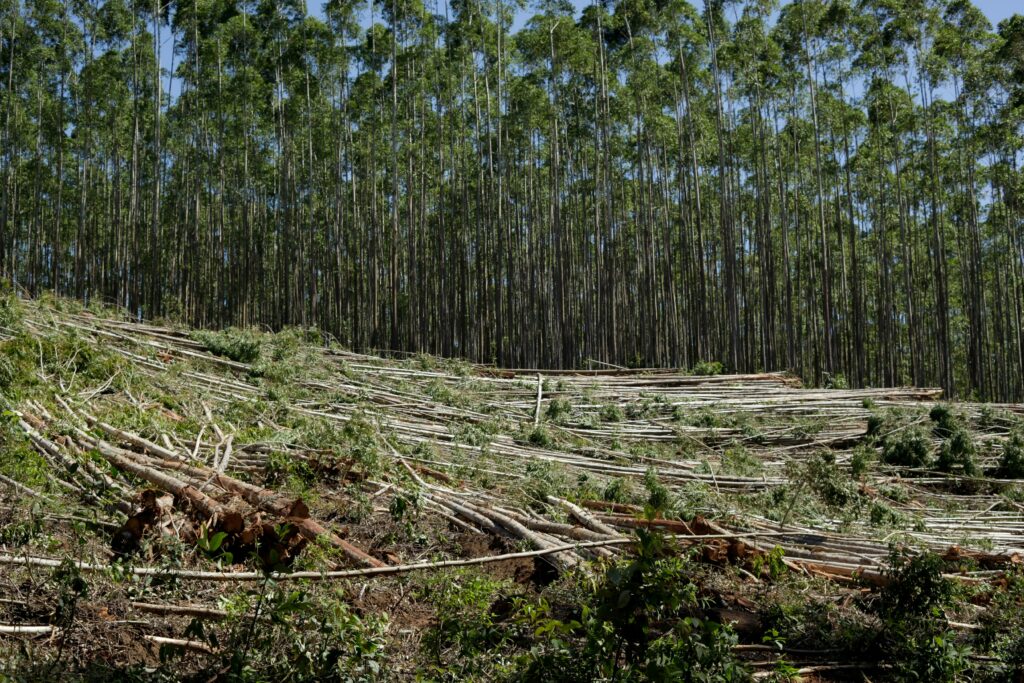
The Real Compliance Impact for Businesses
If you’re trading in commodities covered by the EUDR, such as timber, coffee, cocoa, soy, palm oil, rubber, or cattle, your compliance burden depends heavily on the country of origin.
When sourcing from high-risk countries, you’ll need to go beyond data collection and actively prove that your products are deforestation-free and legally produced. This includes:
- Using satellite monitoring or third-party verification tools
- Engaging local partners or NGOs to verify land-use data
- Conducting on-site inspections where feasible
- Keeping detailed records of every step of your due diligence process
- Preparing to show evidence if your shipment is selected for inspection
Even if your operations are based elsewhere, the rule still applies if any part of your supply chain traces back to a high-risk region. That could mean sourcing timber from a Belarusian mill, leather from Russia, or rubber from Myanmar.
For many companies, the challenge lies not in the paperwork itself, but in data availability. In high-risk countries, access to reliable field data or government records is often limited. That’s why digital traceability tools and cross-border partnerships are becoming essential to EUDR compliance.
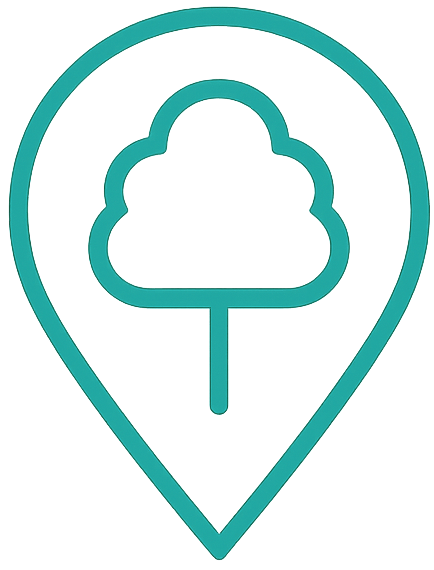
A Smarter Way to Manage High-Risk Compliance
Op EUDR.co, we’ve built our platform around a simple goal: to make compliance with the EU Deforestation Regulation faster, more transparent, and less stressful for everyone involved. We know that for many businesses, the hardest part isn’t understanding the regulation – it’s managing the endless data, reports, and verification requirements that come with it.
Our system combines satellite-based monitoring with automated reporting to help you track deforestation risks and prove compliance with confidence. Instead of collecting documents from dozens of suppliers or manually checking maps, you can see verified sustainability data in one place.
What We Focus On:
- Accurate traceability: We verify supply chain data down to geolocation coordinates, ensuring every commodity can be traced to its origin.
- Automated reporting: Our platform generates due diligence documentation aligned with EUDR submission formats, saving time and reducing human error.
- Accessible for all sizes: Whether you’re a large operator or an SME preparing for the 2026 deadline, our flexible system scales with your needs.
- Reliable sustainability insights: Using advanced field data and satellite verification, we help you spot potential risks before they become compliance issues.
We believe compliance shouldn’t slow down growth. By automating the technical work, we free your team to focus on strategy, not spreadsheets. And as the EUDR evolves, our monitoring tools adapt, so you’re always audit-ready and aligned with the latest European Commission standards.
What Makes Due Diligence Hard in High-Risk Regions
Working with suppliers in countries like Belarus or Myanmar comes with a mix of logistical and ethical barriers. Companies often face:
- Limited access to local information systems due to sanctions or political restrictions, making it difficult to obtain verified production data.
- Weak forest governance and inconsistent law enforcement, which undermines the reliability of local documentation.
- High corruption risks, particularly in land use approvals and commodity permits.
- Restricted access for auditors or NGOs, preventing effective third-party verification.
- Overlaps with human rights violations, which complicate both ethical sourcing and compliance narratives.
Because of these challenges, even companies with strong ESG frameworks can find it nearly impossible to collect the documentation required for full compliance. That’s why many importers are now choosing to avoid high-risk sources altogether, shifting their supply chains toward low- or standard-risk countries where verification is more practical and transparent.
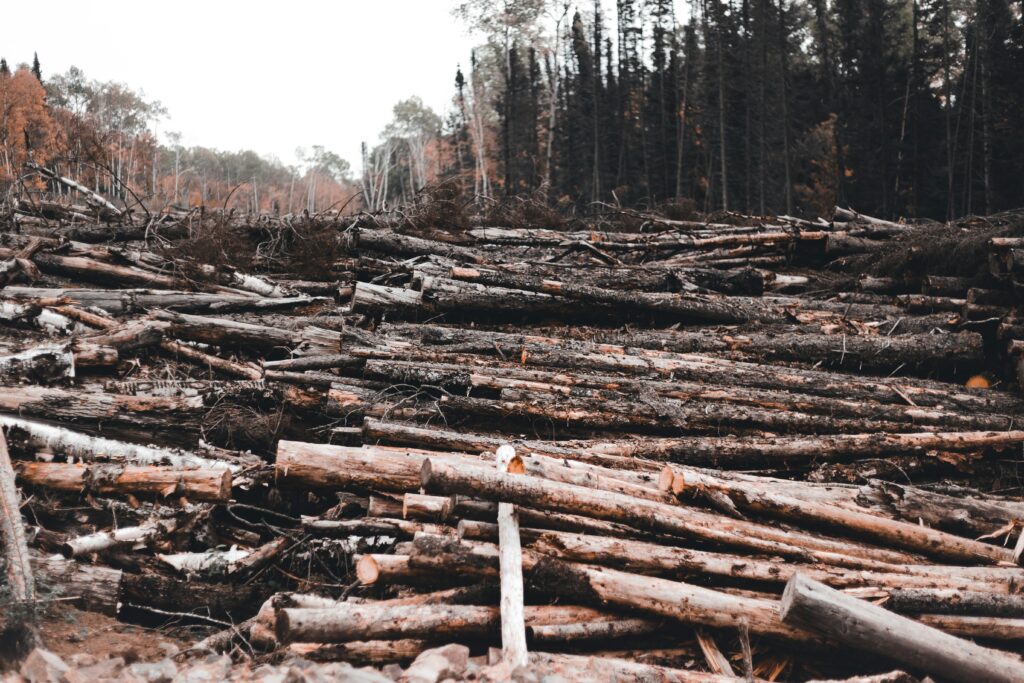
Why Fewer Countries Doesn’t Mean Less Work
Having only four high-risk countries doesn’t mean the rest of the world is in the clear. In fact, the “standard risk” category covers most of the globe, including major producers of forest-risk commodities like Brazil, Indonesia, Ghana, and Malaysia. For these regions, companies are still required to carry out full due diligence – collecting geolocation data, assessing risks, and maintaining documentation, just with slightly lower inspection rates. The classification mainly determines how often regulators will check your operations, not how much work you need to do to stay compliant.
This is where many businesses get caught off guard. A “standard risk” label doesn’t mean low deforestation risk; it simply means the EU expects companies to take responsibility for verification themselves. In contrast, a “high risk” classification brings direct oversight from authorities, increasing the chances of audits, delays, and even penalties if due diligence is incomplete or inaccurate.
Why Some Experts Say the System Needs Revision
While the benchmarking system is a major step forward, several sustainability experts believe it needs refining. The main criticism is that it focuses more on where a product comes from than how it is produced.
A low-risk classification can still mask local deforestation problems if the risk varies within a country. For example, deforestation patterns in northern and southern Brazil are drastically different, but the entire country falls under one category.
Similarly, some European countries like Romania and Finland have been accused of unsustainable logging, yet remain in the low-risk group. This broad-brush approach can give companies a false sense of security and undermine the regulation’s effectiveness. A more nuanced, region-specific classification system might better reflect the real risks of forest loss. The EU has already indicated that the list will be reviewed regularly, leaving room for updates as new data emerges.
How Companies Should Approach High-Risk Sourcing
If your supply chain touches any of the high-risk countries, you have three main options for staying compliant and minimizing exposure.
1. Shift Sourcing to Lower-Risk Markets
One of the most straightforward ways to reduce compliance complexity is to source materials from low- or standard-risk countries. Verification tends to be easier in these markets, data quality is higher, and the overall cost of due diligence is lower. While shifting suppliers requires time and planning, it can protect your business from repeated inspections or penalties tied to high-risk origins.
2. Strengthen Traceability Across the Supply Chain
For companies that continue sourcing from high-risk regions, the key is to invest in traceability technologies. This means integrating tools that track products to their exact geolocation, verifying supplier data, and maintaining digital records that align with EUDR requirements. By using satellite monitoring, verified field data, or blockchain-based systems, businesses can prove that their commodities meet the “deforestation-free” and “legality” standards.
3. Collaborate with Industry and Sustainability Partners
Working with established industry groups, NGOs, or certification bodies can fill the gaps where independent verification is hard to achieve. Collaboration helps companies share best practices, co-develop monitoring systems, and access trusted local networks that may not be open to individual actors. These partnerships can also strengthen credibility when presenting due diligence evidence to EU authorities.
4. Keep Comprehensive Documentation
Regardless of the chosen strategy, documentation remains the backbone of compliance. Companies should keep a clear record of:
- Steps taken to identify and mitigate risks
- Communications with suppliers, auditors, and verification partners
- Evidence used to confirm data accuracy, such as satellite imagery or certificates
- The reasoning behind their final risk assessment decisions
Such documentation becomes critical if your shipment is flagged for inspection or if authorities request proof of compliance. A well-documented trail not only protects your company but also demonstrates accountability and transparency, core principles of the EUDR.
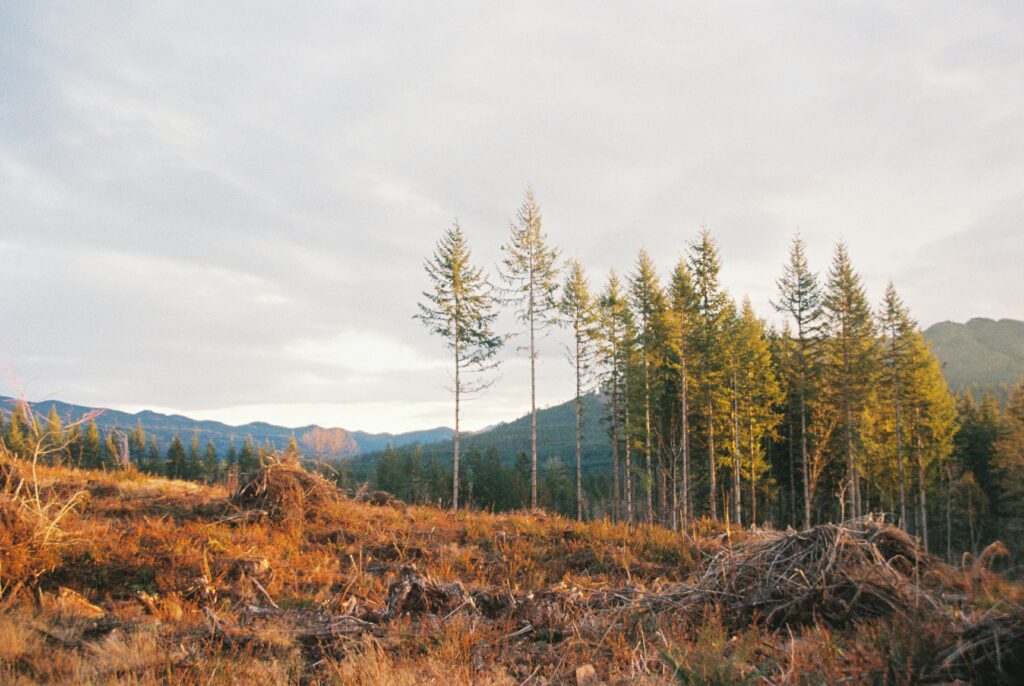
What to Expect from Future Updates
The European Commission plans to review and update the country classification list at least once a year, using fresh data on deforestation trends, governance quality, and trade activity. These reviews allow the system to stay responsive to changing realities on the ground and ensure that the classification reflects both environmental and political developments. Over time, it’s likely that some countries will move between categories as their forest management and transparency improve or deteriorate.
Because of this, businesses should treat the classification list as a living document, not a fixed reference. Regularly monitoring updates will help companies stay ahead of compliance changes, avoid unexpected supply chain disruptions, and plan sourcing strategies with greater confidence.
Staying informed also gives operators a chance to adapt quickly if a trading partner’s risk status changes, protecting both compliance standing and market access.
Final Thoughts
The EUDR’s high-risk country classification is more than a policy label – it’s a signal of where compliance becomes most demanding. While only a few countries carry this label today, the implications ripple far beyond their borders.
For companies that import or export regulated commodities, the message is clear: the era of casual sourcing is over. Transparency, traceability, and credible data are no longer nice-to-have features – they’re survival tools in a changing regulatory landscape.
In the end, the EUDR isn’t just about forests. It’s about reshaping how global trade values accountability and environmental responsibility. The countries on the high-risk list may change, but the standard it sets for sustainable business is here to stay.
Veelgestelde vragen
1. What does it mean when a country is classified as “high risk” under the EUDR?
A “high risk” classification means the European Commission considers it difficult or impossible to verify whether commodities from that country are deforestation-free and legally produced. Businesses sourcing from these countries must perform full due diligence, including geolocation verification, risk assessment, and mitigation measures. They are also subject to a higher inspection rate (about 9%) by EU authorities.
2. Which countries are currently listed as high risk?
As of the first official classification in 2025, only four countries fall under the EUDR’s high-risk category: Belarus, Myanmar, North Korea, and Russia. These were chosen primarily because of governance issues and trade sanctions that make transparent due diligence nearly impossible.
3. Why are countries like Brazil and Indonesia not considered high risk?
Although Brazil and Indonesia face well-known deforestation challenges, the European Commission placed them in the “standard risk” category. This classification reflects that due diligence is still possible in those regions through local verification, certification, and cooperation with authorities. It doesn’t mean their deforestation risk is low – it only affects how often inspections occur.
4. What’s the difference between standard-risk and high-risk classifications?
The main difference is inspection frequency and verification feasibility. In standard-risk countries, companies must still perform full due diligence, but inspection rates are lower (around 3%). In high-risk countries, authorities increase oversight and expect stronger evidence for compliance.
5. Can companies still trade with high-risk countries?
Yes, but it’s extremely difficult. Businesses must collect detailed data, verify it through reliable sources, and maintain comprehensive records. Because transparency is limited in high-risk regions, many importers and exporters prefer to avoid these markets altogether and switch to lower-risk suppliers.

